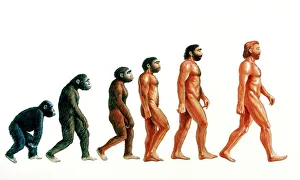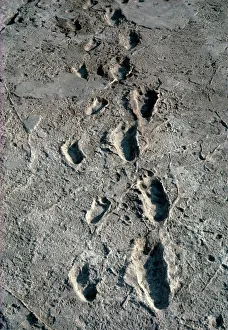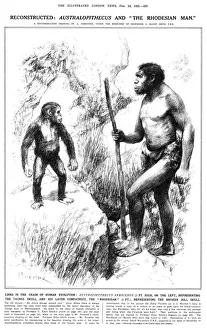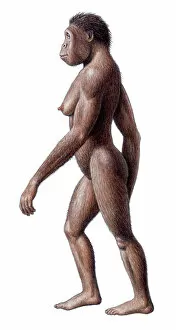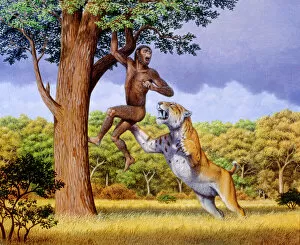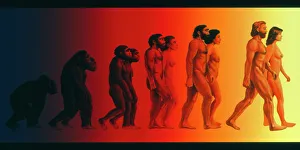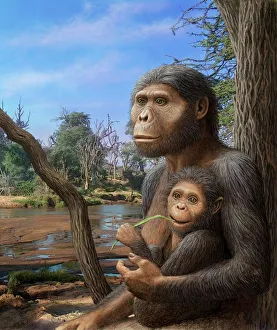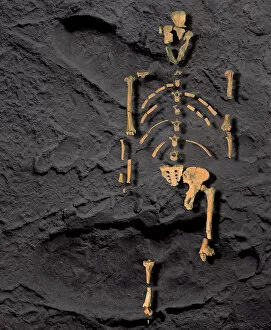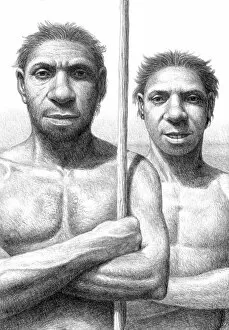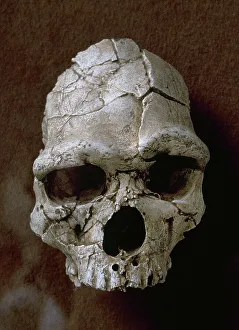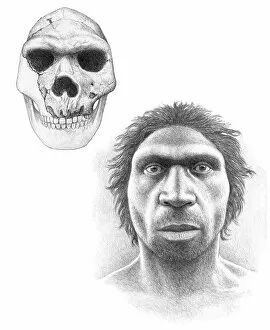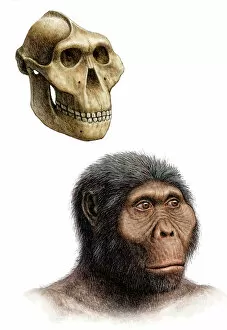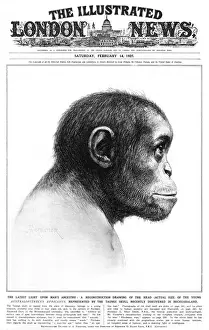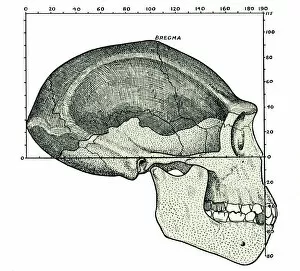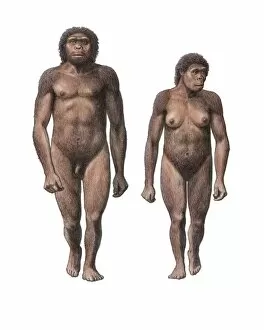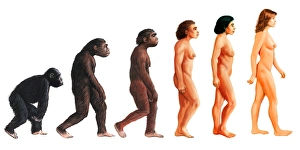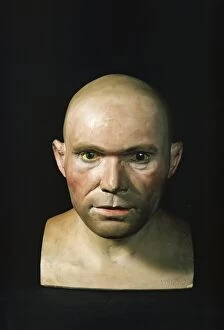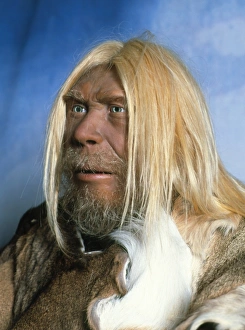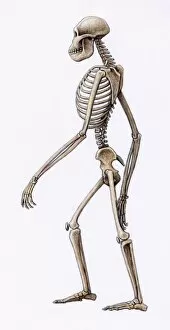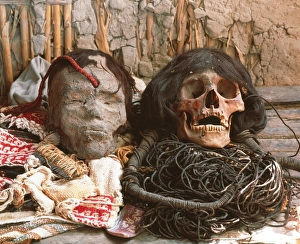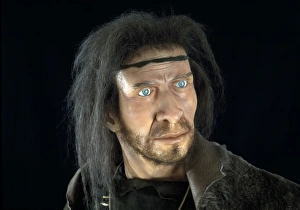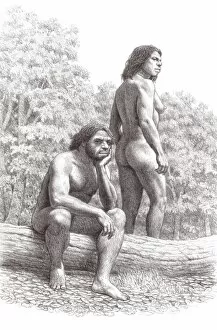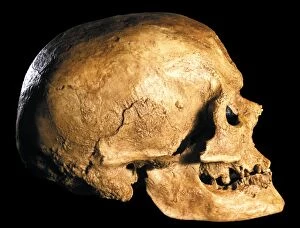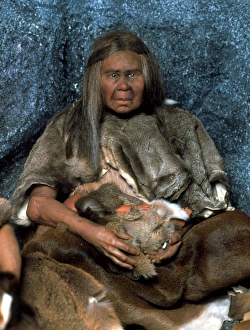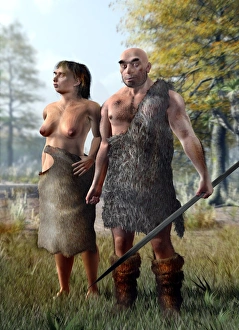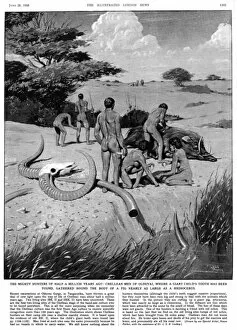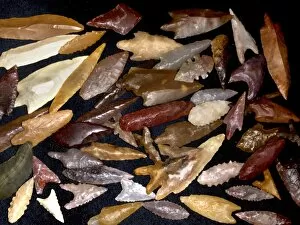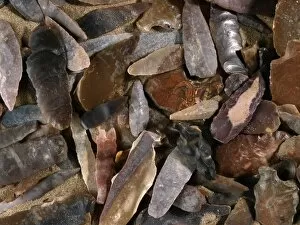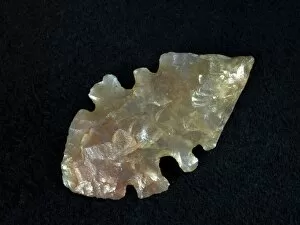Hominids Collection
"Hominids: Tracing the Footsteps of Human Evolution" Embark on a captivating journey through time as we unravel the fascinating story of hominids, our ancient ancestors
All Professionally Made to Order for Quick Shipping
"Hominids: Tracing the Footsteps of Human Evolution" Embark on a captivating journey through time as we unravel the fascinating story of hominids, our ancient ancestors. The trail of Laetoli footprints serves as an indelible mark, reminding us of their existence millions of years ago. From Australopithecus to Homo sapiens, witness the stages in human evolution unfold before your eyes. Marvel at the resilience and adaptability displayed by these early hominids as they navigated a changing world. Australopithecus and the enigmatic Rhodesian Man stand as testaments to our shared lineage with these remarkable beings. Through intricate artwork, we catch glimpses into their lives, imagining what it was like for Australopithecus afarensis roaming across vast landscapes. Intriguingly, a depiction captures a female Australopithecus africanus - strong and nurturing - showcasing the diverse roles played by early hominid women in shaping our species' destiny. However, life wasn't always harmonious for these prehistoric creatures. A dramatic scene unfolds with a scimitar cat attacking a vulnerable hominid; highlighting the challenges faced during this era of survival and adaptation. Artistic renditions further illustrate how humanity gradually evolved over time. Witnessing footprints alongside Lucy's skeleton provides tangible evidence that bridges gaps between past and present civilizations. The emergence of Homo heidelbergensis marks another significant milestone in our evolutionary tale. Their presence is felt strongly through remnants found within Tautavel Man's subspecies - Homo erectus Arago - revealing distinct characteristics unique to this period. Modeling Lucy brings her back to life once more – an Australopithecus so pivotal in understanding our ancestral roots. Her delicate features remind us that every step taken by these early hominids shaped who we are today. Finally, meet Australopithecus boisei, a robust hominid that thrived in challenging environments.

